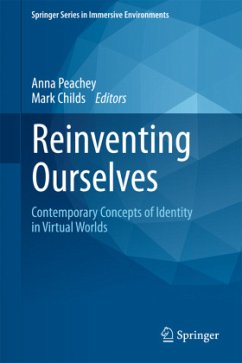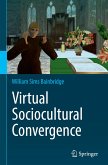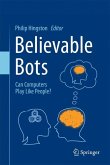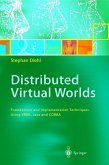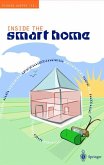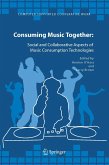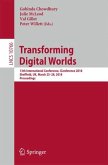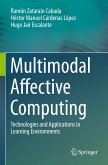This book explores identity in virtual worlds, discussing identities, avatars and their relationship; identity development in virtual worlds; managing multiple identities across environments; and creating an online identity for a physical world purpose.
Virtual worlds are impacting on the lives of millions of people, reaching from communication to education, recreation to business. A significant aspect of these environments is the requirement for users to create an avatar, a character to represent their interactions inworld. Because activity within virtual worlds can be anonymous, and the appearance of these avatars completely malleable, within such spaces we can be whatever we choose to be. Once decoupled from who we physically are, our notion of individual identity is potentially unlimited. Virtual worlds are therefore becoming arenas for experimentation with, and exploration of, identity.
Reinventing Ourselves: Contemporary Concepts of Identity in Virtual Worlds presents a variety of approaches to understanding these novel forms of identity. Through case studies, literature reviews, quantitative and qualitative analyses and personal reflections, the authors explore the influences and consequences of being virtual. The chapters identify contemporary concepts of identity, how these apply (or may not apply) in virtual worlds, examine the factors that support the development of identity in virtual worlds, give examples of how people manage the multiple identities that can be developed between the physical and the virtual, and explore some of the uses to which these new forms of identity can be put.
Through the experiences of virtual worlds, the notion of who we are is changing. Reinventing Ourselves is a guide to where these new forms of identity come from, and where they may be taking us.
Virtual worlds are impacting on the lives of millions of people, reaching from communication to education, recreation to business. A significant aspect of these environments is the requirement for users to create an avatar, a character to represent their interactions inworld. Because activity within virtual worlds can be anonymous, and the appearance of these avatars completely malleable, within such spaces we can be whatever we choose to be. Once decoupled from who we physically are, our notion of individual identity is potentially unlimited. Virtual worlds are therefore becoming arenas for experimentation with, and exploration of, identity.
Reinventing Ourselves: Contemporary Concepts of Identity in Virtual Worlds presents a variety of approaches to understanding these novel forms of identity. Through case studies, literature reviews, quantitative and qualitative analyses and personal reflections, the authors explore the influences and consequences of being virtual. The chapters identify contemporary concepts of identity, how these apply (or may not apply) in virtual worlds, examine the factors that support the development of identity in virtual worlds, give examples of how people manage the multiple identities that can be developed between the physical and the virtual, and explore some of the uses to which these new forms of identity can be put.
Through the experiences of virtual worlds, the notion of who we are is changing. Reinventing Ourselves is a guide to where these new forms of identity come from, and where they may be taking us.

